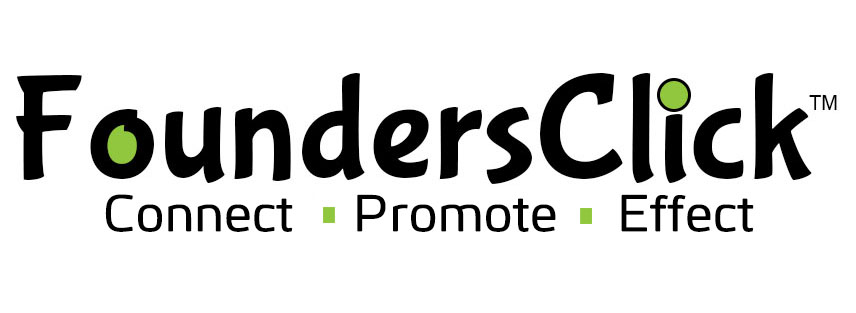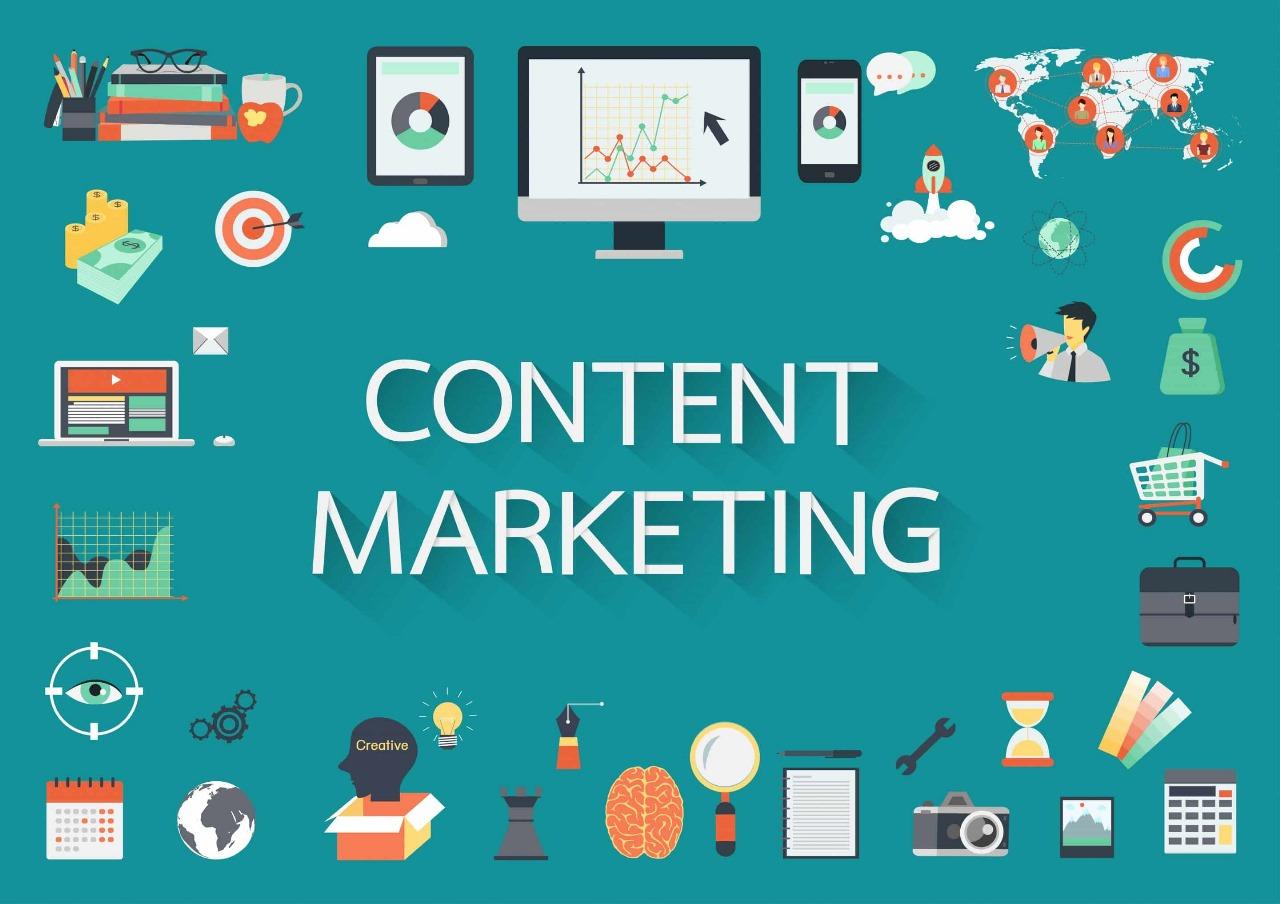In the ever-evolving digital landscape, content creation has become a multifaceted and dynamic field. From written articles to captivating visuals and engaging videos, the types of content available today are diverse and cater to various audience preferences. In this guide, we'll delve into the expansive world of content creation types, providing insights into each category and how creators can leverage them to captivate their audience.
1. Written Content:
Written content is the backbone of the digital world. Blog posts, articles, and social media captions fall under this category. Creators can use the power of words to convey information, share stories, and establish their expertise. Well-crafted written content is essential for effective communication and SEO optimization.
2. Visual Content:
Visual content includes images, infographics, and other graphic elements. In a world driven by visuals, creating eye-catching graphics is crucial for grabbing audience attention. Tools like Canva and Adobe Spark empower creators to design stunning visuals even without a background in graphic design.
3. Video Content:
Video content has gained immense popularity across platforms like YouTube, TikTok, and Instagram. From educational tutorials to entertaining vlogs, video content allows creators to connect with their audience on a more personal level. Investing in video creation tools and mastering video editing can open up new avenues for content creators.
4. Podcasting:
Podcasting has become a go-to medium for content consumption, offering a convenient way for audiences to consume information on the go. Creators can share their expertise, host interviews, and dive deep into various topics through this audio-centric medium. Platforms like Anchor and Libsyn make podcast creation accessible to all.
5. Interactive Content:
Interactive content engages audiences in a two-way conversation. Quizzes, polls, and surveys are excellent examples. Platforms like Typeform and Poll Everywhere empower creators to gather feedback and increase audience participation, fostering a sense of community.
6. Infotainment Content:
Combining information and entertainment, infotainment content strikes a balance between education and enjoyment. Creators can use storytelling, humor, and relatable anecdotes to convey valuable information in an engaging manner, catering to audiences seeking both knowledge and entertainment.
7. E-books and Guides:
For creators with in-depth knowledge on a specific subject, creating e-books or comprehensive guides is an excellent way to provide value. E-books can be distributed on platforms like Amazon Kindle, while guides can be offered as downloadable resources on websites.
8. Social Media Micro-Content:
With attention spans decreasing, micro-content has become a powerful tool. This includes short-form videos, memes, and bite-sized information on platforms like Instagram, Twitter, and Snapchat. Creators need to be concise yet impactful, delivering their message in a brief and engaging manner.
As the digital landscape continues to evolve, content creators have a myriad of options at their disposal. Whether you prefer the written word, visuals, videos, or a combination of various mediums, understanding the different types of content creation allows you to tailor your approach to your audience's preferences. Embrace the diversity of content creation types, experiment with various formats, and find the perfect blend that resonates with your unique voice and style. The key is to stay adaptable, stay creative, and continually evolve with the ever-changing landscape of content creation.

 SkillClick
SkillClick
